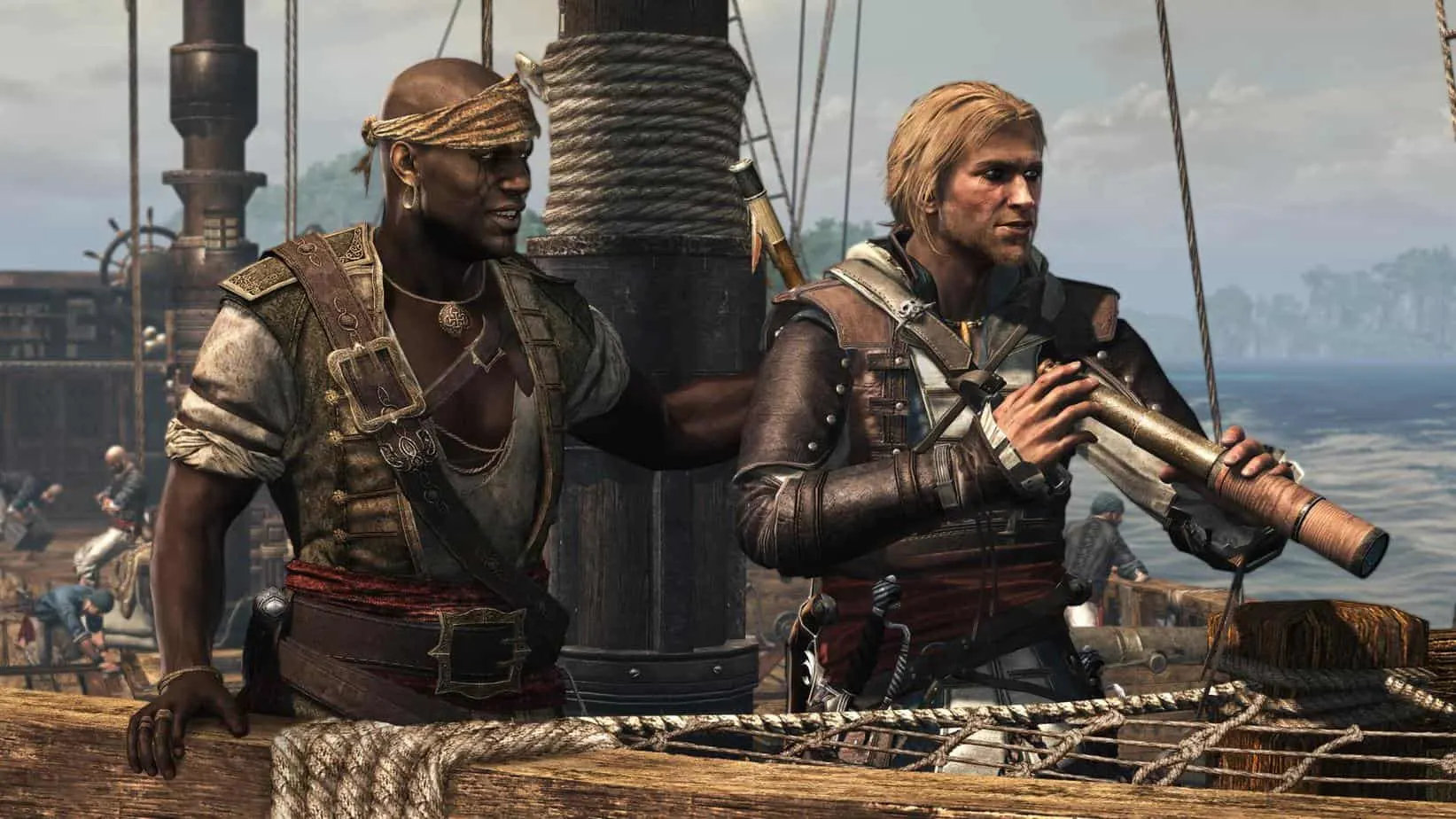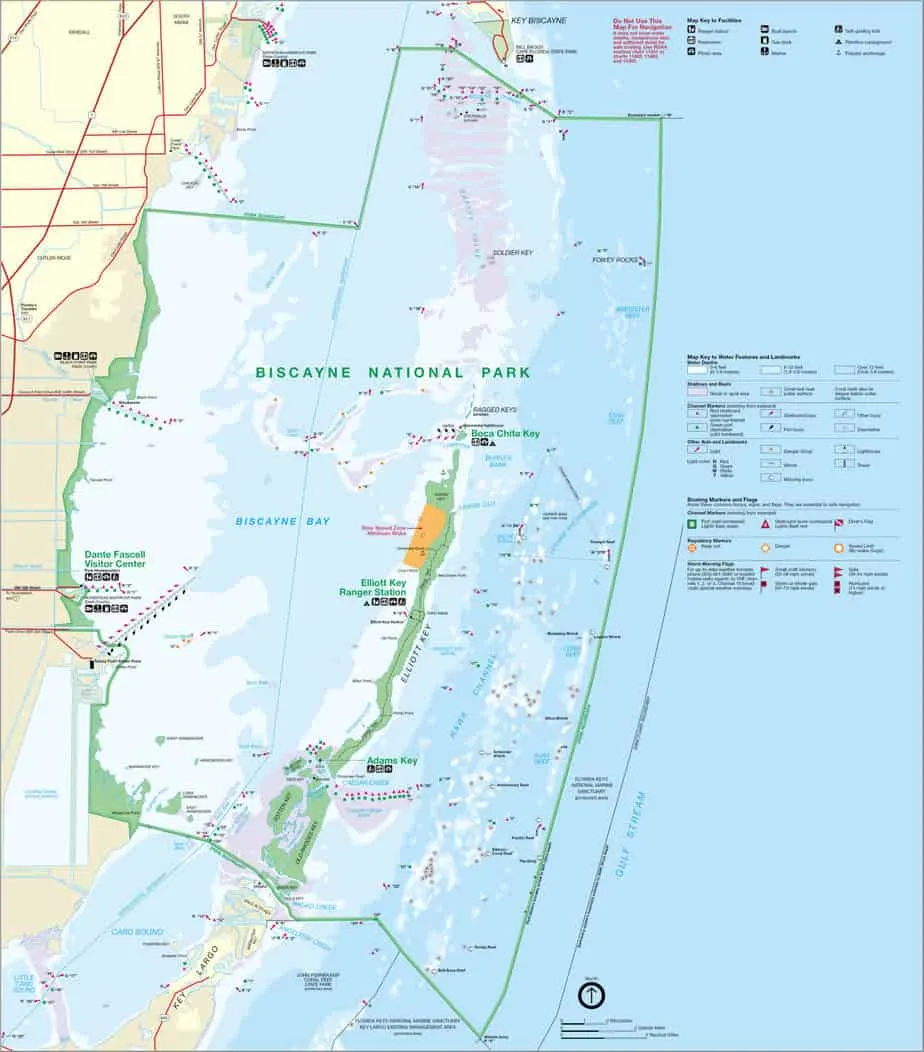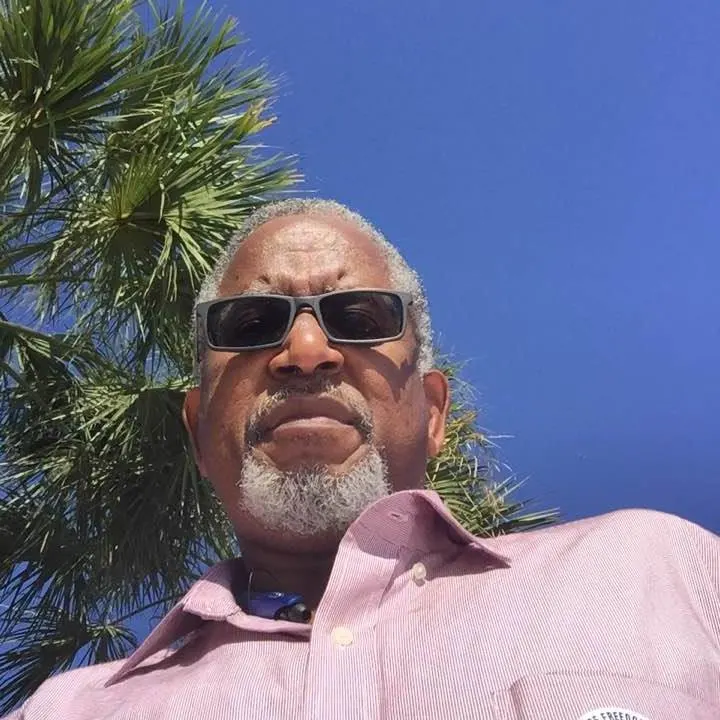Legend has it that the Florida Straits off the northernmost Florida Keys were once the hunting grounds of a notorious black pirate who preyed on passing ships.
Black Caesar, the story goes, used the Elliott Key and other hideouts along the Southeast Florida coast and the Florida Keys to raid villages and attack unsuspecting ships.

While the life of this 19th century pirate has the makings of a box office hit, it makes for a difficult biography. As fantastic as it is, the legend of Florida’s most notorious black pirate largely depends upon who is telling the tale.
The dramatic tale of Black Caesar
To hear some tell it, Black Caesar was an African war chieftain of considerable size, immense strength and keen intelligence. He spent years evading capture by slave traders, but somehow got tricked into boarding a ship to obtain treasure.
Distracted by the promise of riches, the chieftain and his men failed to notice that the crew had pulled up the anchor. By the time they realized the deception, the ship was far from shore.
The black men were subdued and captured, and the traders set sail for the West Indies in hopes of selling their captives into slavery.
Unfortunately, the ship ran into a hurricane off the Florida coast. By then, Black Caesar had befriended one of the white crew members who freed him amid the chaos of the storm. The pair escaped in a longboat loaded with ammunition and supplies. The two survived; the ship and those left on board did not.
Using their longboat, the two men began posing as shipwreck sailors, hailing passing vessels for help. Once the ships came close enough, the pair pulled their guns and robbed their would-be rescuers. This scheme went on for years, until the two men had a falling out over a woman that resulted in a duel.
Black Caesar killed his longtime friend and over time took on more pirates and began attacking ships on the open sea.
Legend had it he amassed a fortune, not to mention a harem of 100 women and a prison for men he hoped to ransom.
Ultimately, Black Caesar joined the crew of another notable pirate, Blackbeard. He was captured after Blackbeard died at the hands of Lieutenant Robert Maynard in 1718.
Arrested and taken to Williamsburg, Va., Black Caesar was hanged for his crimes, thus ending one colorful account of the pirate’s life.
But wait! There’s another version

Henri Caesar is another variation of the Black Caesar saga. He was born a slave in Haiti. As a young man, he was mistreated by a supervisor in a lumber yard and later killed him during the slave insurrection.
Caesar remained a part of the island’s underground freedom fighters until Haiti won its independence from France.
Shortly after Haiti became free, Henri Caesar left the island to seek his fortune at sea. He captured a Spanish ship and sometime after 1805 began attacking small villages and lone vessels around the Bahamas and Cuba. He operated out of the southern part of then-Spanish Florida and adopted the nickname, Black Caesar.
As a pirate, this Black Caesar supposedly buried between $2 million and $6 million in treasure on several islands, including Marco Island, Sanibel, Pine Island and Elliot Key.
He disappeared around 1830, and the stories explaining why vary. Some say he fled after the U.S. took possession of Florida; others believe he was captured, taken to Key West and burned to death by authorities.
Is there any buried treasure?
Then, there’s the version by writer Albert Payson Terhune, an early 20th century novelist and author of the book, “Black Caesar’s Clan.”
Terhune’s 1921 mystery takes place in a fictional tract of marsh and mangrove near Miami and features a savage black family named the Caesars who claim to be direct descendants of the infamous “negro pirate.” It made for great reading, back then.
What is not in dispute is that nearly 5,000 pirates sailed the Florida Straits and the Gulf Coast between 1715 and 1726, and historians believe 25 to 30 percent of them were either black slaves who fled their Spanish masters or former slaves freed by other pirates.
To date, the cays and islands that make up the Upper Keys have yielded little evidence of the existence of Black Caesar’s lair.

Still, his legacy can be found in Biscayne National Park at Caesar’s Rock, a nondescript rock in Caesar’s Creek, a channel that separates Elliot Key from Meigs Key. Both are named after Black Caesar.
Although many have searched these islands for buried treasure, no one has found it.
What the area does offer is some of the best fishing and underwater vistas that come with Biscayne National Park, the nation’s largest underwater park.
The irony of Black Caesar’s story should not be lost on anyone. As a slave, Black Caesar would have been condemned to a life of obscurity and humiliation. Instead, he found a larger-than-life existence as a pirate.
Read more about Florida’s pirates
- Pirates in Florida history plus two dozen festivals around Florida
- St. Augustine Pirate Museum: Fun for history lovers and kids
Read more about Florida’s Black History
- Discover Florida’s Black history by following the signs
- State park honors civil rights leaders‘ “Saltwater Railroad“
- America’s first free Black settlement was in Florida
- Kingsley Plantation: A Florida story of slavery
- Once the ‘colored beach,’ state park honors civil rights leaders
Getting There:
You can only get to Elliott Key by boat, either your own vessel or a tour boat out of the Biscayne National Park Visitor Center, 9700 SW 328th St. Homestead, FL 33035
The Biscayne National Park Institute operates Heritage of Biscayne Bay boat tours out of the park’s Visitor Center in Homestead.
During peak winter season, the 3.5-hour tours are offered twice daily at 9:30 a.m. and 1:30 p.m. and cost $83 per adult, $49 youth for ages 5-12. Ages 4 and under ride free.
More about Biscayne National Park and boat tours to Boca Chita island. For information on snorkeling tours: Snorkel Biscayne National Park and explore a shipwreck.
Camping
Camping is permitted on both on Boca Chita and Elliott Key, but the islands are accessible only by boat, and it must be your boat. You are not allowed to hitch a ride on the tour boats. The fee is $25 per night including tent site and dockage for a boat in the harbor. No reservations: it’s first-come, first served.
Camping and docking fees are waived from May 1 to September 30.
Both islands are excellent bases for exploring the islands around Caesar’s Creek, the channel at the south end of Elliott Key where Black Caesar was said to have established his lair.
- Bertelli, Brad (Author)
- English (Publication Language)
- 131 Pages – 08/10/2023 (Publication Date) – Independently published (Publisher)

Douglas C. Lyons is a contributing writer with a deep interest in the influence of African-Americans on Florida’s development and history. An explorer, a veteran journalist and editorial writer, Doug has lived in Florida for nearly 25 years.


Nancy Vining
Tuesday 9th of January 2018
Albert Payson Terhune also wrote the Lad, A Dog series of the Sunnybank Collies. His books were childhood favorites.